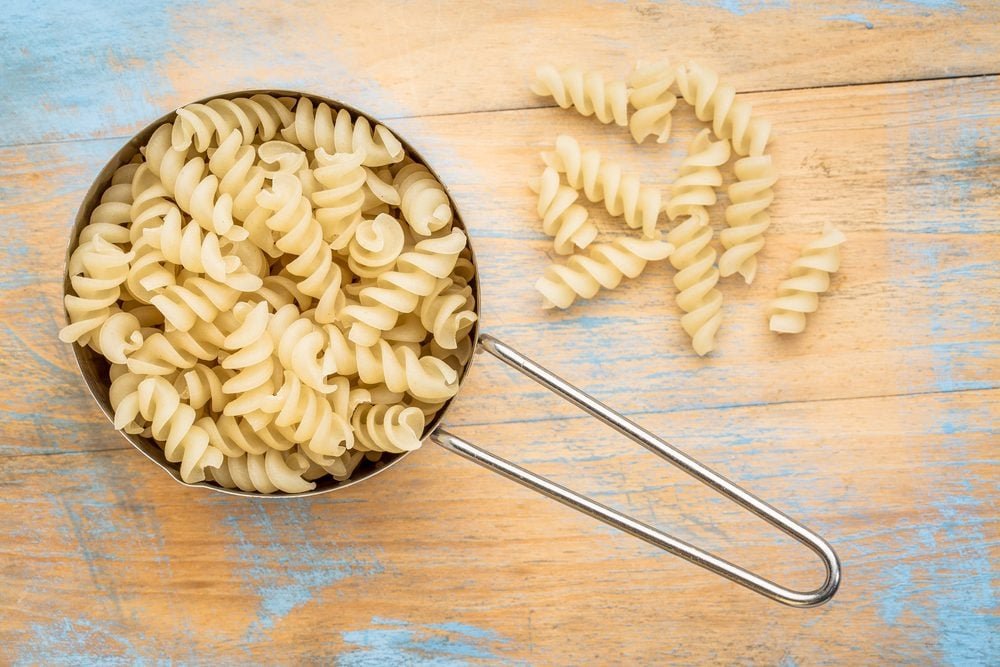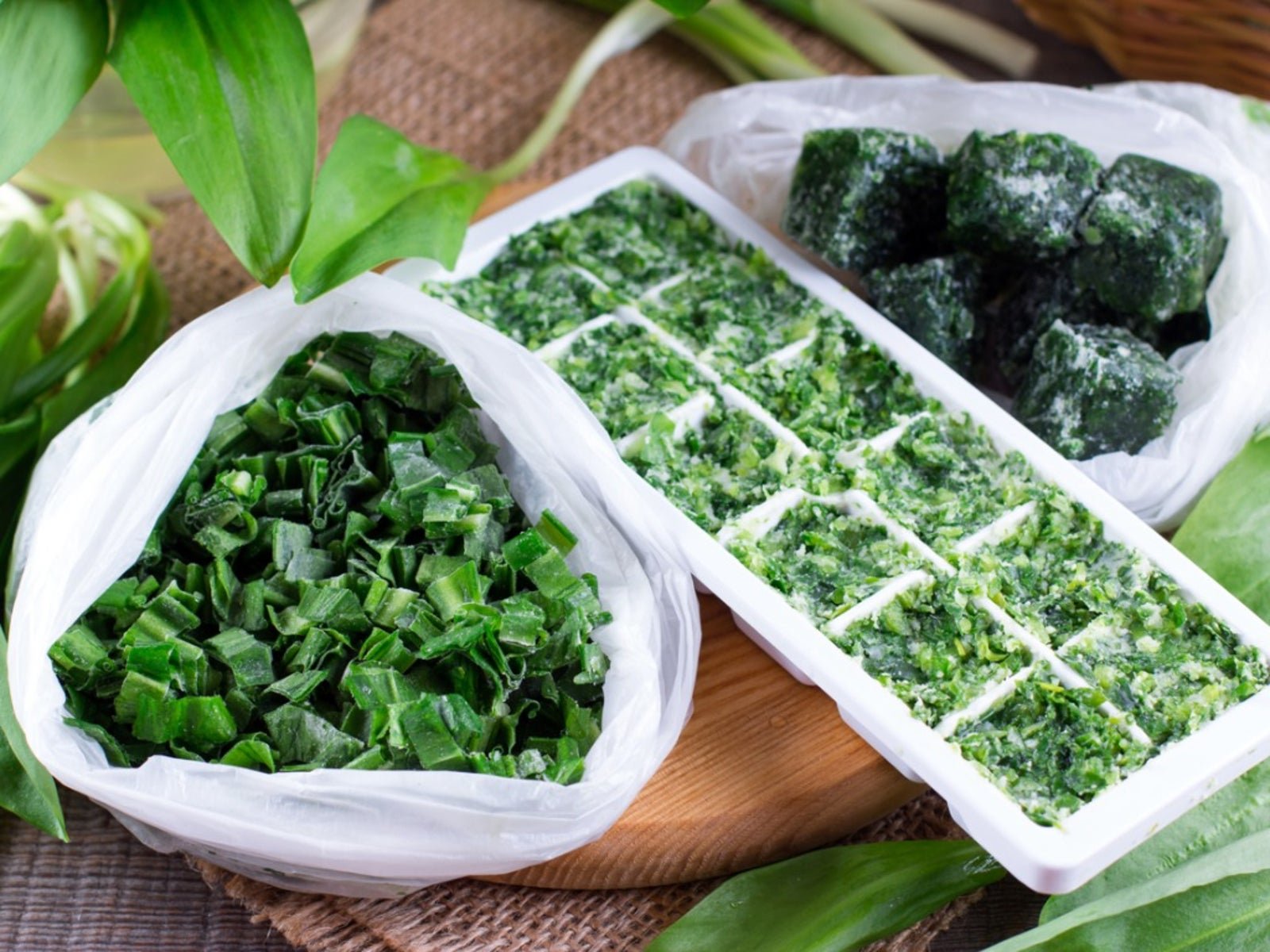Stop Food Waste
April 24th was Stop Food Waste Day. We probably all know the statistics about food waste, but a reminder: 33% of all food produced globally is lost or wasted each year accounting for 8% of all greenhouse gas emissions.
Whilst we know much of the waste occurs further up the production/distribution chain, domestic food waste in the UK equates to 95kg of waste per person per year – you could eat your own body weight and part of someone else’s!
Some of the steps necessary to reduce it are so obvious. Yet every week, the recycling lorry comes round to empty the contents of our brown food caddy and can we really say that it only contains chicken and fish bones?
So, what are the steps we can take to reduce food waste (sorry, I’m including the obvious and boring ones):
Plan what you are going to eat over the next x days, make a list and only buy what you need. There are people who buy a whole chicken but only use the breast – we know it’s because you can get a whole chicken for £4 when two chicken breasts would cost £6 but at least make chicken soup with the rest of the bird…
If you are tempted by a bargain (either a special offer or reduced items) make sure you have a plan for using it – otherwise, it’s not a bargain
Buy your veg loose – you get the quantity you actually need, no plastic and it won’t get sweaty while it waits for you to cook/eat it!
Only put onto you plate the food that you will actually eat – you can always go back for seconds (and avoid piling food onto plates when dishing up for other people).
If you always end up cooking too much pasta and/or rice, weigh it first or find a cup which fits the right amount and always use that to measure.
100g is the recommended amount of dried pasta person. 75g is recommended for long-grain or basmati rice.
Remember that ‘Best before’ dates are different to ‘Use Before’ dates. Best Before means just that – the product is still fine afterwards (but eating it soon)
Don’t buy things you don’t really like – it sounds obvious, but huge quantities of sprouts either go uncooked or uneaten at Christmas. Other food (often veg) bought with good intentions often languishes in the fridge because ‘no-one really fancies it’.
Make soup! There are very few combinations that are inedible and most are so delicious it’s annoying that the taste can never be re-created! A family favourite is ‘cream of Christmas’ followed closely by ‘cream of bottom of the fridge’. In general, you can just ‘sweat’ any uncooked veg slowly with a little butter or oil until tender, add some stock, blitz it all and then add any chopped up cooked leftovers, dairy produce, herbs, spices and seasoning to taste.
Make scones or soda bread with milk or yoghurt that is ‘past it’s best’ – the acid reacts with the baking soda so the end product is lighter (and tastier)
Revive the old-fashioned ‘leftover’ dishes – rissoles, fish-cakes, bubble & squeak, bread pudding, vegetable fritters….
Use a silicone ice-tray to freeze cubes of left over herbs (chop finely and add a little water), stock, sauces etc. Transfer them to a labelled bag to use to add flavour to future dishes.
Finally, regularly look at what you’ve actually put into your food waste caddy: what can you do to prevent it in future (e.g. buy smaller loaves or freeze bread to use slice by slice?
So you’ve done all of that but you still find some yoghurts that you aren’t going to eat in time or some biscuits that will be too tempting when you start your diet… then your local foodbank, pantry or community fridge will welcome them.
You’ll find more ideas to reduce food waste here:
Somerset Community Food’s waste not page gives lots of useful links and information.
https://www.somersetcommunityfood.org.uk/waste-not
as does the national ‘Love Food, Hate Waste’ site.


